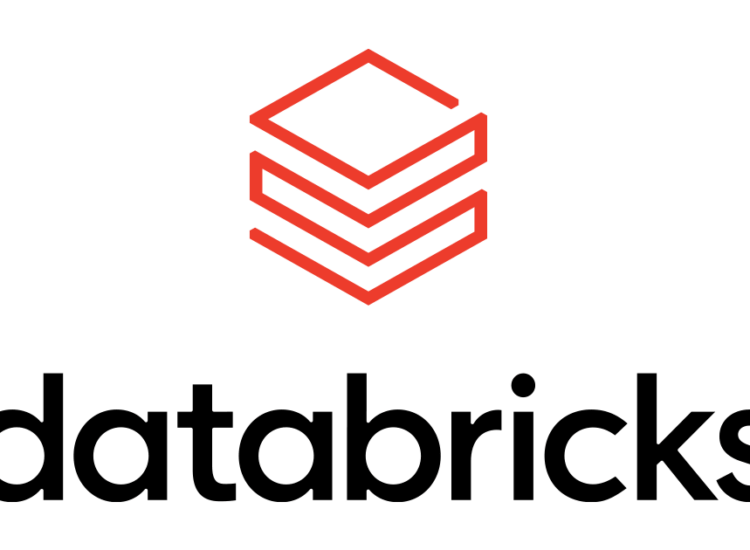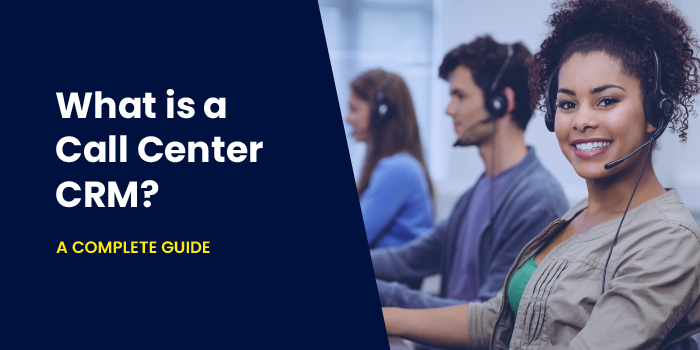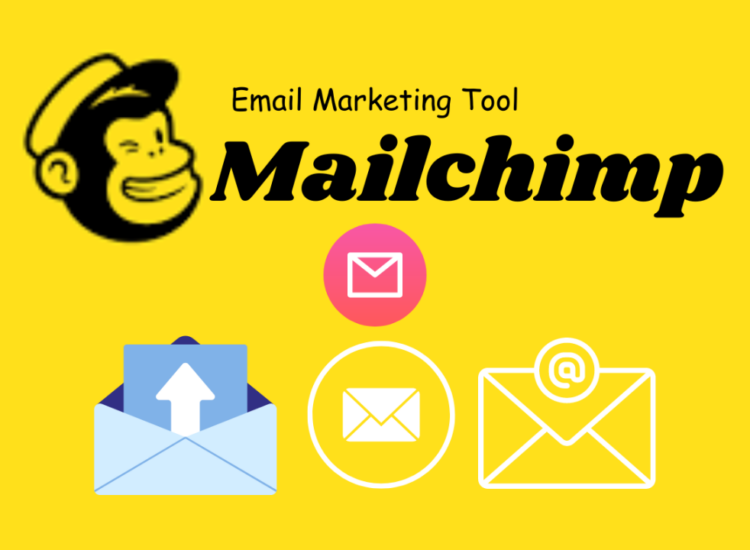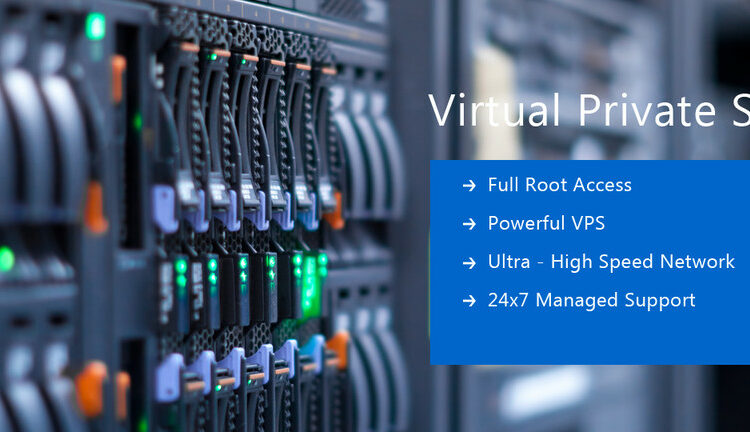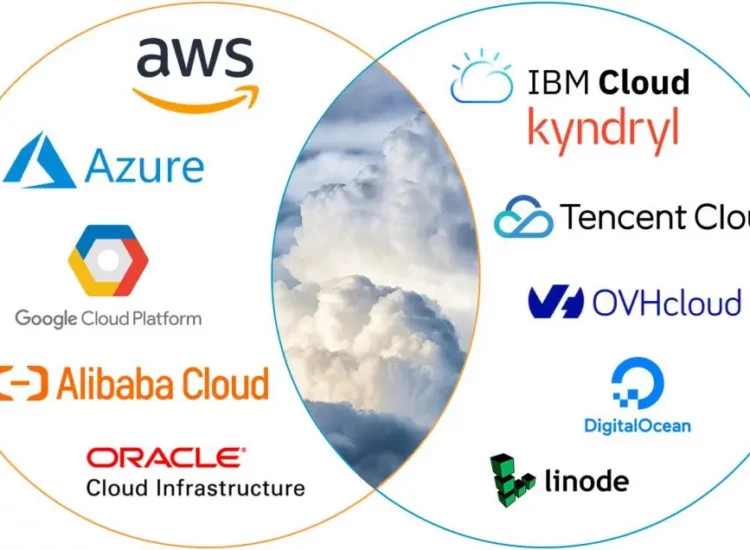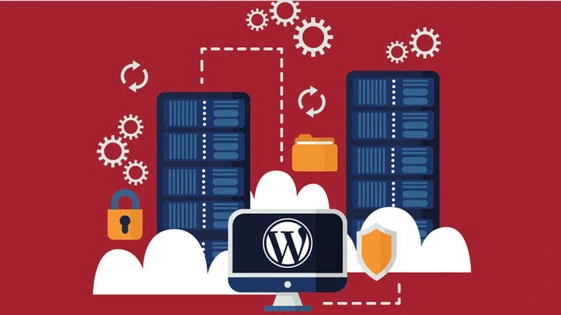In today’s highly digitalized marketing landscape, email deployment emerges as a crucial strategy in promoting products, engaging customers, and driving conversions. This guide highlights the pivotal role of email deployment in modern marketing strategies, offering marketers insight into engaging and retaining customers, best practices, measurement techniques, and navigating common challenges.
Toc
- 1. Steps Involved in Email Deployment
- 2. The Importance of Email Deployment in Marketing Strategies
- 3. Engaging and Retaining Customers through Email
- 4. Best Practices for Successful Email Deployment
- 5. Measuring the Effectiveness of Email Deployment
- 6. Navigating Common Challenges in Email Deployment
- 7. Conclusion
Email deployment refers to the process of sending out an email campaign to a predetermined list of email addresses. It’s a crucial stage in email marketing, and a successful deployment can significantly impact your campaign’s results. Here’s a deeper dive into email deployment:
Steps Involved in Email Deployment
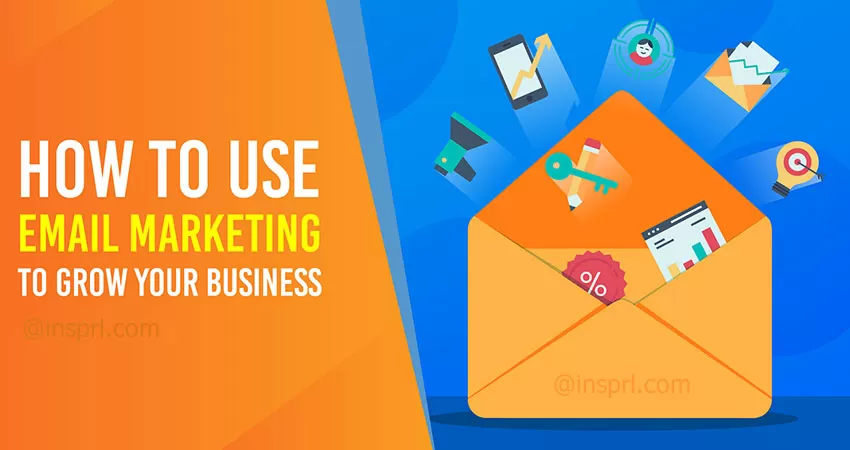
- Campaign Creation: This involves crafting the email content, including text, visuals, and a clear call to action. You’ll also segment your email list into targeted groups if necessary.
- Testing and Optimization: Before sending to your entire list, test your email on a smaller sample group to ensure proper rendering across different devices and email clients. This also allows you to refine the subject line and optimize for deliverability.
- Choosing an Email Deployment Platform (EDP): EDPs handle the technical aspects of sending emails at scale. They offer features like list management, email scheduling, automation, and analytics. Popular EDPs include Mailchimp, Constant Contact, ActiveCampaign, and Drip.
- Email Delivery and Tracking: Once you hit send, the EDP takes care of delivering your emails to your subscribers’ inboxes. They also track important metrics like open rates, click-through rates, and unsubscribes to measure campaign performance.
Key Considerations for Successful Email Deployment
- Email List Hygiene: Maintaining a clean and up-to-date email list is crucial for the effectiveness of your email marketing campaigns. Regularly cleaning your list by removing inactive subscribers can significantly improve your sender reputation and decrease the chances of your emails being flagged as spam. This practice ensures that your messages reach the inboxes of those most interested in your content.
- Permission-Based Marketing: It’s vital to send emails only to recipients who have explicitly opted in to receive communications from you. Permission-based marketing not only helps in building trust with your audience but also substantially reduces the likelihood of spam complaints. This approach respects the recipient’s choice and fosters a positive relationship between your brand and your audience.
- Segmentation and Targeting: By dividing your email list into smaller segments based on criteria such as demographics, interests, or past behaviors, you can tailor your messaging to resonate with different audience groups. Personalized campaigns are more effective in engaging recipients, leading to higher open rates and conversions.
- Subject Line Optimization: The subject line is the first impression recipients have of your email. Crafting a compelling, clear, and informative subject line is essential to persuade recipients to open your message. A well-optimized subject line can significantly impact the success of your email campaigns by improving open rates.
- Mobile-Friendly Design: With the increasing use of smartphones and tablets to check emails, ensuring your emails are mobile-friendly is paramount. This means optimizing your email design to render correctly on various screen sizes, providing a seamless experience for mobile users and improving engagement rates.
- Compliance with Anti-Spam Laws: Understanding and adhering to anti-spam laws, such as the CAN-SPAM Act in the United States and the General Data Protection Regulation (GDPR) in the European Union, is essential. Compliance not only helps in avoiding legal pitfalls but also demonstrates your commitment to respecting your recipients’ privacy and preferences.
Benefits of Using an Email Deployment Platform (EDP)

- Simplified Sending Process: Email Deployment Platforms automate the complex process of sending emails, from segmentation to personalization, making it easier and more efficient for marketers to execute campaigns. This simplification helps in saving valuable time and resources.
- Improved Deliverability: EDPs specialize in managing the technical aspects of email delivery, including server reputation and communication protocols. By leveraging an EDP, you can ensure higher deliverability rates, meaning your emails are more likely to reach the intended inboxes without being caught by spam filters.
- List Management and Segmentation: EDPs provide advanced tools for managing your email lists and dynamically segmenting them based on various criteria. This enables more targeted and effective email marketing campaigns, leading to better engagement and conversion rates.
- Campaign Tracking and Analytics: One of the significant advantages of using an EDP is the ability to track the performance of your email campaigns in real-time. Detailed analytics allow you to measure open rates, click-through rates, conversions, and more, giving you insights to optimize future campaigns.
- Automation Capabilities: Many Email Deployment Platforms offer powerful automation features, enabling marketers to set up triggered emails based on user actions or behaviors. This capability allows for more timely and relevant communication with subscribers, enhancing the overall effectiveness of email marketing strategies.
By understanding the email deployment process, best practices, and the advantages of using an Email Deployment Platform, you can ensure your email marketing campaigns reach the right audience, generate engagement, and achieve your marketing goals.
The Importance of Email Deployment in Marketing Strategies
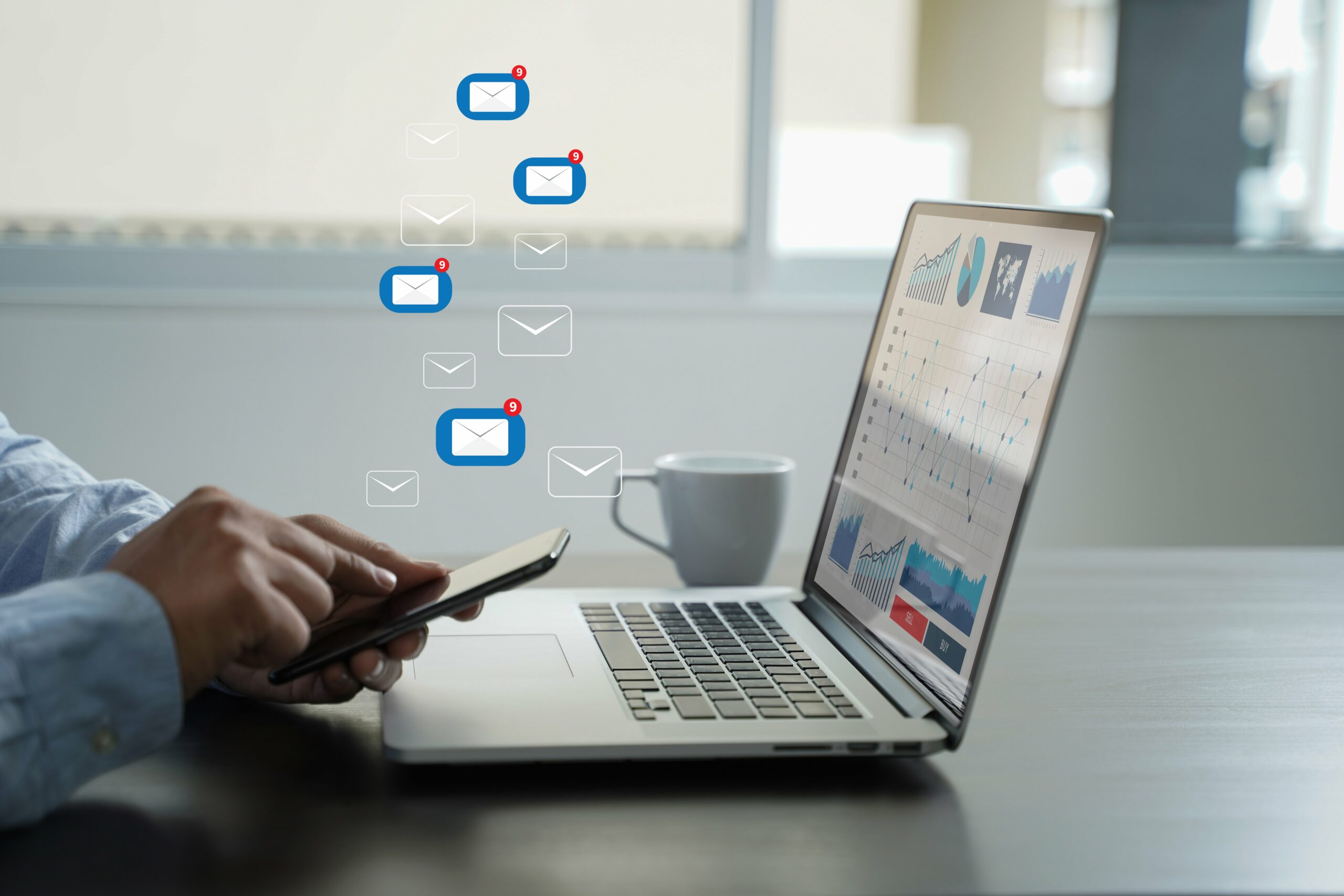
Email marketing is not just about sending out newsletters. It’s a sophisticated strategy that combines art and science, enabling marketers to reach out to their audiences in a personal, direct way. The significance of email deployment lies in its ability to create a direct line of communication with your audience. Whether it’s informing them about a new product, offering exclusive deals, or simply keeping them engaged with valuable content, email is a powerful tool in your marketing arsenal.
In summary, email deployment plays a critical role in contemporary marketing strategies, bridging the gap between businesses and their audiences with precision and personal touch. Its significance lies in its capacity to directly communicate targeted messages, fostering engagement, loyalty, and conversions. Through practices such as list hygiene, permission-based marketing, segmentation, and optimization for mobile devices, marketers can enhance the effectiveness of their campaigns. Furthermore, by leveraging Email Deployment Platforms, businesses benefit from streamlined processes, improved email deliverability, and insightful tracking and analytics, facilitating a more efficient and impactful approach to email marketing. This comprehensive mechanism not only ensures that marketing messages reach the right inboxes but also strengthens the relationship between brands and their customers, proving the indispensable value of email deployment in digital marketing ecosystems.
Engaging and Retaining Customers through Email
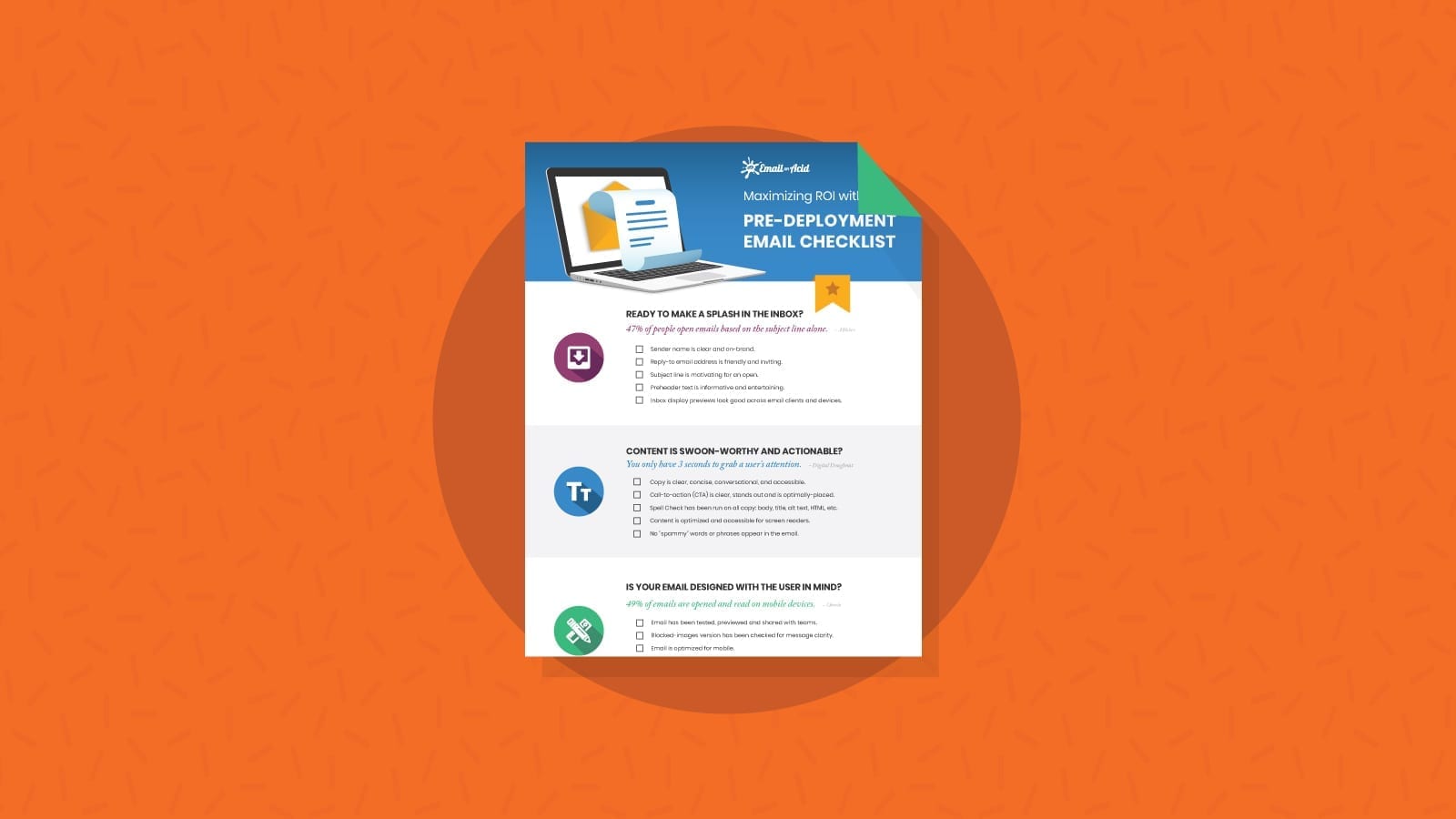
One of the key objectives of email deployment is to maintain a high level of customer engagement and retention. This requires not only understanding the needs and preferences of your audience but also delivering content that is both relevant and valuable to them. By doing so, you foster a relationship built on trust and interest, which is fundamental to customer loyalty.
Role of Personalization in Email marketing
Personalization in email marketing transcends generic content, transforming messages into tailored conversations with individual members of the audience. This strategic approach leverages user data and behavior analytics to craft emails that resonate personally with recipients. The impact of personalization is profound, leading to markedly improved open rates, click-through rates, and ultimately, conversions. Personalized emails make recipients feel understood and valued, which significantly enhances the effectiveness of email marketing campaigns. By addressing the recipient by name, recommending products based on past purchases, or sending content that aligns with their interests, marketers can create a more engaging and satisfying experience for their audience. This level of personal engagement not only bolsters customer loyalty but also encourages a higher level of interaction with the brand, thereby fostering a deeper connection between businesses and their customers.
Role of Analytics in Email Marketing
Analytics play a crucial role in the realm of email marketing, offering indispensable insights into campaign performance and customer behavior. By meticulously analyzing data such as open rates, click-through rates, conversion rates, and bounce rates, marketers can gain a deep understanding of what resonates with their audience. This understanding allows for the optimization of email campaigns, ensuring that content is not only relevant and engaging but also aligned with the recipients’ preferences and behaviors. Furthermore, analytics enable the identification of trends and patterns, helping marketers to refine their strategies and make data-driven decisions. The power of analytics extends beyond mere measurement; it fosters a culture of continuous improvement, where every campaign is an opportunity to learn, adapt, and enhance the effectiveness of email marketing efforts.
Best Practices for Successful Email Deployment

Success in email marketing doesn’t just come from hitting the ‘send’ button without a second thought. It’s the result of careful strategic planning and meticulous execution. To truly excel in email marketing, consider these advanced best practices:
-
Segmentation:
Start by dividing your email list into smaller, more manageable segments. This segmentation can be based on a variety of criteria, including demographics (age, gender, location), past purchasing behavior, or levels of engagement with previous emails. By breaking down your audience into these subgroups, you can tailor your messaging to be more directly relevant to each group, improving the chances of your emails resonating with the recipients.
-
Personalization:
To make your emails stand out, you need to go beyond merely addressing your recipients by their first names. True personalization involves crafting the content of your emails to meet the specific interests and needs of each individual receiver. This level of customization should be based on the data you’ve collected from their interactions with your brand, such as which pages they’ve visited on your website, what products they’ve purchased, and how they’ve engaged with previous emails. The goal is to make each email feel as if it was written personally for them.
-
Timing:
The impact of your emails isn’t just about what you say; it’s also about when you say it. The timing of your email dispatches can significantly affect both open and engagement rates. To identify the most effective times to send your emails, you’ll need to analyze your audience’s behavior. Look at when they’re most active online, what days of the week they’re more likely to engage with your content, and even what times of day they’re checking their emails. This analysis can provide valuable insights that allow you to schedule your emails for when they’re most likely to be seen and acted upon.
Incorporating these best practices into your email marketing strategy can lead to significantly improved outcomes. Success lies not just in the execution, but in the careful planning and personal touch you bring to your campaigns.
Measuring the Effectiveness of Email Deployment
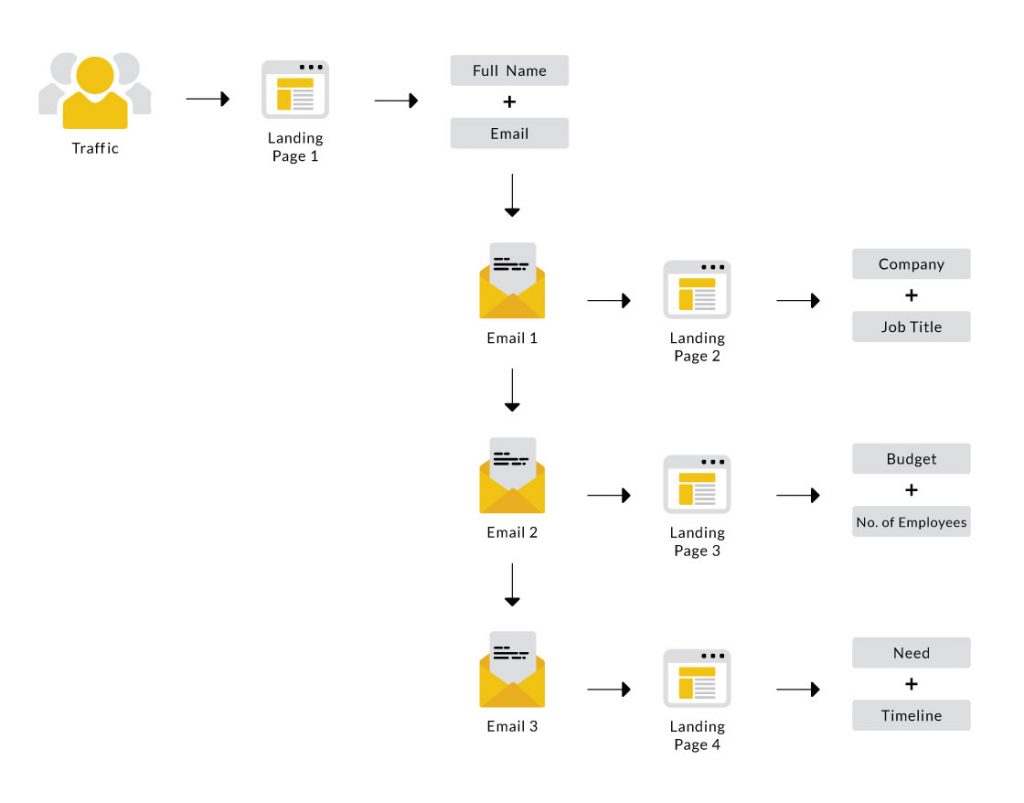
To understand the impact of your email marketing efforts, it’s essential to track specific key metrics. These include open rates, click-through rates (CTR), conversion rates, and overall ROI. By regularly monitoring these metrics, you can identify areas for improvement in your email strategy. For example, if your open rates are low, it could indicate that your subject lines need improvement, or if your CTR is low, it may be time to reassess the relevance and effectiveness of your email content. Continuously measuring and analyzing these metrics allows for data-driven decision-making and continual optimization of email deployment efforts.
Common Challenges in Email Deployment
Despite its proven effectiveness, email marketing is not without its challenges. One of the most significant hurdles marketers face is maintaining high deliverability rates amid stringent email filters. These filters are designed to block spam, but they can also inadvertently trap legitimate marketing emails, reducing the chances of your messages reaching their intended audience.
Another challenge is email list attrition, also known as list churn, which occurs when subscribers opt out or abandon email addresses. This natural decline can significantly impact the size and quality of your email list over time if not counterbalanced by effective list-building strategies.
Furthermore, crafting emails that stand out in crowded inboxes remains a daunting task. With recipients receiving dozens, if not hundreds, of emails a day, creating content that is engaging and compelling enough to prompt an open is increasingly difficult. This is compounded by the challenge of personalization at scale, where the effort to tailor content to individual preferences must be balanced against the practical limitations of data management and creative production.
Lastly, staying compliant with evolving email legislation, such as the General Data Protection Regulation (GDPR) in Europe and various other data protection laws around the world, is essential. These regulations affect how marketers can collect, store, and utilize email addresses, imposing strict consent requirements and offering recipients the right to be forgotten.
Addressing these challenges requires a blend of strategic planning, creative thinking, and technological agility. By continuously monitoring and adapting to the dynamic email marketing landscape, marketers can overcome these hurdles to deliver impactful, engaging, and compliant email campaigns.
The Impact of Technology on Email Deployment
Advancements in technology have had a profound impact on email deployment. Automation tools allow marketers to send emails triggered by specific actions, saving time and ensuring timely communication. Furthermore, Artificial Intelligence (AI) is revolutionizing email personalization, making it easier to predict customer behavior and deliver content that resonates with each individual. Email service providers also offer advanced targeting and segmentation capabilities, making it easier to reach the right audience with the right message at the right time.
With technology continuing to evolve, email marketing is set to become even more sophisticated and efficient. By staying abreast of new developments and incorporating them into their strategies, marketers can unlock the full potential of email as a powerful marketing tool.
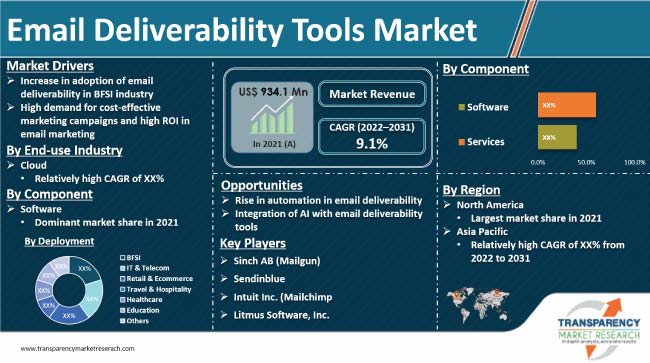
Despite its effectiveness, email marketing comes with its own set of challenges. These can range from maintaining a healthy sender reputation to ensuring compliance with email regulations like GDPR. Overcoming these challenges requires a combination of technical knowledge, creative strategy, and adherence to best practices. Here are some tips for navigating common challenges in email deployment:
- Maintaining a Healthy Sender Reputation: To avoid being flagged as spam, it’s crucial to maintain a positive sender reputation. This can be achieved by regularly cleaning your email list, sending relevant and engaging content, and avoiding blacklisted URLs or keywords.
- Ensuring Compliance with Email Regulations: Staying up to date with email regulations, such as GDPR, is essential for maintaining a positive brand image and avoiding penalties. This includes obtaining proper consent for sending emails and offering recipients the option to unsubscribe.
- Overcoming Low Open Rates: If your open rates are low, it could be an indication that your subject lines need improvement. Try A/B testing different subject lines to see which ones resonate with your audience.
- Addressing Email List Attrition: Combat list churn by regularly refreshing your email list and implementing effective list-building strategies, such as offering opt-in incentives and providing valuable content to subscribers.
- Standing Out in Crowded Inboxes: To grab the attention of busy recipients, focus on creating personalized, visually appealing emails that offer value to the reader. Experiment with different formats, such as interactive emails or GIFs, to make your content more engaging.
By implementing these strategies and continuously monitoring key metrics, marketers can navigate common challenges in email deployment and drive impactful results for their brand. With technology constantly evolving, staying updated on industry developments and incorporating them into your strategy is essential for continued success in email marketing. Therefore, it is crucial to stay informed and adaptable in the ever-changing landscape of email deployment. So keep experimenting, analyzing, and optimizing to achieve your email marketing goals!
Conclusion
Email deployment remains a vital component of a successful marketing strategy. By understanding its importance, implementing best practices, and leveraging the latest technological advancements, marketers can significantly enhance their engagement and retention efforts. Remember, the goal of email deployment is not just to sell, but to build lasting relationships with your customers. So stay informed, adapt to new developments, and continuously optimize your approach to achieve success in email marketing.
